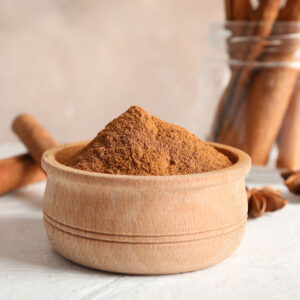What’s the Difference Between Coriander and Cilantro?
Many home cooks and kitchen novices often reach a point where they scratch their head and wonder what the difference between coriander and cilantro is. A very large number of people seem to think that they are a completely different plant or herb, however, this is not the case at all. Cilantro and coriander, both officially known as the Coriandrum Sativum species, are exactly the same plant and species, however, there is a regional difference in how the various plant parts are named.

The International Standard
Outside of the North American continent, the international standard is that coriander is the name given to the leaves and stalks of the Coriandrum Sativum plant. The other commonly used coriander derivative, the dried seeds, are also referred to as coriander outside of North America. In other words, the word cilantro is not used outside of North America to define anything involving the coriander plant, regardless of how it is processed or prepared.
North America
The North American region of the world is the only place that uses the word cilantro. The root origin of the word “Cilantro” is Spanish, a name given by early Spaniards to the coriander leaves. North Americans do not refer to the coriander stalk or dried seeds as cilantro, rather, they refer to it as coriander. Referring to “cilantro leaves” as “coriander” in places like Mexico or the US might cause confusion.
The Reasons For The Distinction
The difference between coriander and cilantro boils down to how they are used in language and nothing more. Linguists and other language experts believe that there is a reason behind the distinction. Mexican cuisine uses fresh coriander leaves within recipes much more than any other region on the planet. With that fact considered it makes much more sense that there would be such a stark linguistic distinction between different parts of the plant.
The International Linguistic Rules Are Changing
Over the last decade, linguists have noticed that the word “cilantro” is being used much more frequently outside of North America. International language speakers are finding that it is much more convenient and logical to use a different word to mark the distinction between the very different parts of the coriander plant.











